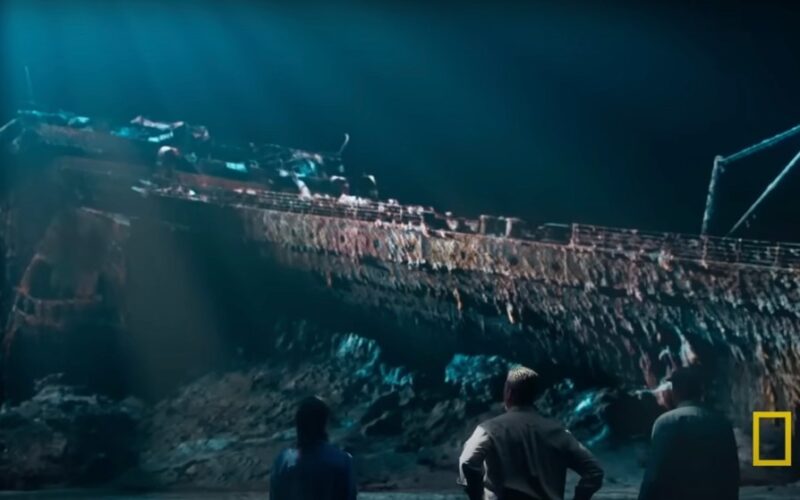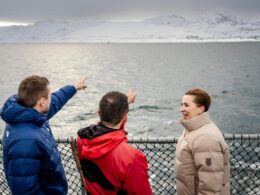Digital details revealed in a new documentary corroborate passenger accounts about the last hours — and seconds — of the RMS Titanic, which sank 113 years ago.
The makers of “Titanic: The Digital Resurrection” followed a crew of researchers from Magellan, a deep-sea mapping company, as they sent robots to the wreck 12,500 feet under the Atlantic Ocean’s surface in 2022. For three weeks, Magellan deployed sophisticated scanning technology to compile data that included 715,000 photos plus detailed video footage, and create a “digital twin” of the wreck, “accurate down to the rivet,” according to the National Geographic channel.
The effort took two years of analysis by a team that included historians, engineers and forensic experts, Nat Geo in a statement. The goal was to “reconstruct the ship’s final moments—challenging long-held assumptions and revealing new insights into what truly happened on that fateful night in 1912,” Nat Geo said.
The film, produced by National Geographic and Atlantic Productions, premiered Friday on Nat Geo and began streaming Saturday on Disney+ and Hulu.
Nat Geo
‘Titanic: The Digital Resurrection’ follows a deep-sea mapping crew as they deploy sophisticated scanning technology on the wreck. (Nat Geo)
Titanic set sail on April 10, 1912, from Southampton, England, headed for New York City, with stops in Cherbourg, France, and Cobh, Ireland. Just before midnight on April 14, 2012, the vessel sideswiped an iceberg. The ship broke in half and sank nearly three hours later. Survivors numbered 706, according to the History Channel; 1,500 people lost their lives.
Several new details emerged from the digital analysis, many of them corroborating passenger accounts, BBC News reported. Survivors at the time said ice entered some cabins during the collision. The digital model appears to bear that out, with a porthole showing damage consistent with such a hit.
The actual damage appears to have been inflicted by several roughly 8.5×11-inch holes along a section of the hull — about the size of a piece of printer paper, as BBC News noted.
There’s also evidence that the ship’s engineers left the boilers on, shoveling coal into the furnaces to keep electricity running. This bought the crew time to launch the lifeboats safely rather than feeling their way in complete darkness, Titanic analyst Parks Stephenson told BBC News. Working electricity also enabled the ship to send distress signals, Smithsonian magazine noted, likely saving hundreds of lives. All members of the engineering crew went down with the ship.
New information may also exonerate Titanic First Officer William Murdoch, who went down in history for allegedly abandoning his post.The digital evidence indicates he was swept out to sea while attempting to launch one last lifeboat, which matches the account of survivor and second officer Charles Lightoller.
The digital record ensures that the shipwreck will keep yielding information long after the physical remains have disintegrated, experts said.
“Titanic is the last surviving eyewitness to the disaster,” Stephenson told BBC News, “and she still has stories to tell.”








